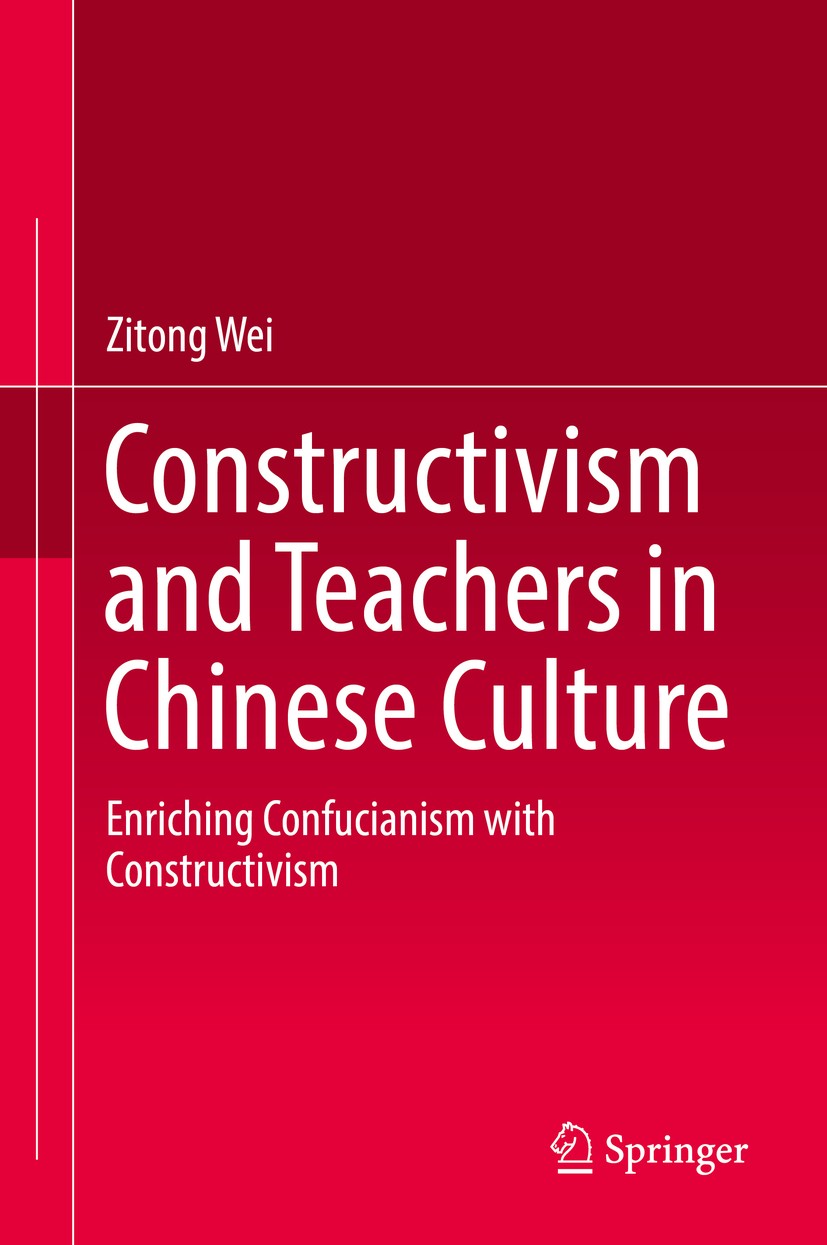| 書目名稱 | Constructivism and Teachers in Chinese Culture |
| 副標(biāo)題 | Enriching Confuciani |
| 編輯 | Zitong Wei |
| 視頻video | http://file.papertrans.cn/237/236138/236138.mp4 |
| 概述 | Explores the similarities and differences between constructivism and Confucianism.Provides readers with an understanding of constructivist practices from a culturally emic perspective.Offers insights |
| 圖書封面 |  |
| 描述 | This book provides a refreshing look at kindergarten teachers’ practical knowledge and their context-specific reasoning of the usefulness of constructivism from a culturally emic perspective. Examining the similarities and differences between constructivism and Confucianism from both instructional and moral perspectives, it provides a unique contribution to teaching and teacher education. An understanding of the compatibility between constructivism and Confucianism is valuable in cross-cultural exchange and learning, and as such the book is a great source for educational researchers in a time of globalization. |
| 出版日期 | Book 2019 |
| 關(guān)鍵詞 | Constructivism and Confucianism; Early Childhood Teacher Education; Chinese Culture; Emic Perspective; A |
| 版次 | 1 |
| doi | https://doi.org/10.1007/978-981-13-2691-2 |
| isbn_ebook | 978-981-13-2691-2 |
| copyright | Springer Nature Singapore Pte Ltd. 2019 |
 |Archiver|手機(jī)版|小黑屋|
派博傳思國(guó)際
( 京公網(wǎng)安備110108008328)
GMT+8, 2025-10-15 22:46
|Archiver|手機(jī)版|小黑屋|
派博傳思國(guó)際
( 京公網(wǎng)安備110108008328)
GMT+8, 2025-10-15 22:46


